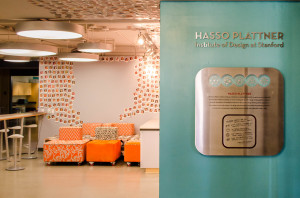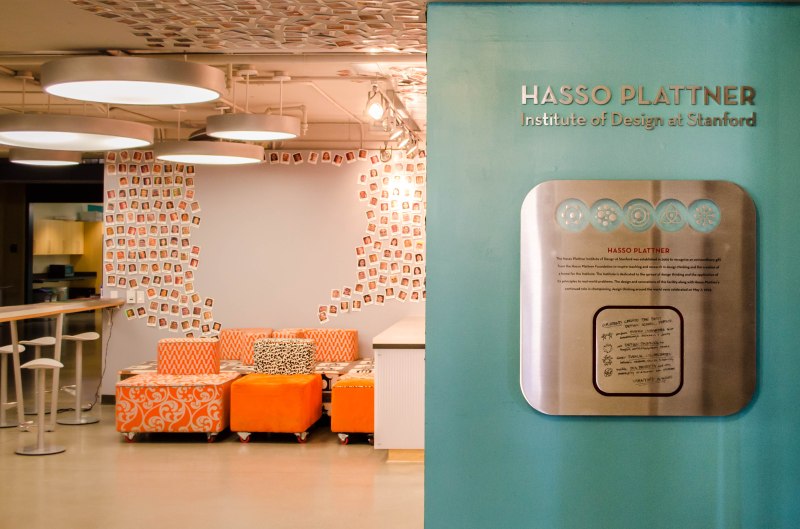
Stanford’s Hasso Platner Institute of Design (d.school) began its @Stanford Project to reimagine traditional higher education through a series of three successive d.school courses titled @Stanford Studio, which were held during the 2012-13 spring quarter and the 2013-14 fall and winter quarters. Since its start, the project has stimulated student thought on campus and resulted in four broad “provocations” about the future of learning at Stanford.
The Four Provocations
Four provocations emerged from the @Stanford Project: the “open loop” university, “paced education,” “axis flip” and “purpose learning.”
Rather than requiring four consecutive years of education, the “open loop” university would admit students for six years of college to be used throughout their lives. “Paced education” would replace the graduating class year with a more flexible three-stage progression, and “axis flip” would organize the University around general skills like communication effectiveness and quantitative reasoning instead of individual subjects. Finally, “purpose learning” would focus each individual’s studies with a personally stated mission.
According to spokesperson for the d.school Debbe Stern, it is ultimately up to the rest of the Stanford community to engage with the ideas, find ones that resonate and then take the next step.
“We were quite pleased with the feedback we received from the Stanford community after the exhibition and from the outside community as well,” Stern said. “The idea behind the project was to have a set of provocations and see what others would do with it.”
Student reflections
The class that initiated the process began to explore possibilities in spring 2013, and the fall class expanded on those ideas. In the winter of 2014, a handful of students continued on with the faculty team for further experiments and research.
Students who took the courses reflected on the collaborative and open-ended nature of their experiences. Jennifer Lau M.A. ’14, who earned her degree in Learning, Design and Technology, was drawn to the fall @Stanford Studio course after enjoying two other d.school classes.
“The incredible teaching team did a lot of facilitation and support but left matters very open,” Lau said. “They were very accepting of a lot of things that you produced.”
Anna-Lena Schindl, a first-year master’s student in Management Science and Engineering, explained that a core team of d.school faculty drove the project forward but also emphasized the role of Stanford students in generating ideas on a topic relevant to their lives.
“Probably most of the ideas that were presented at the end developed from some kind of question that a student asked or a discussion we had in class or an experiment someone did,” she said.
Schindl was also among the small group that carried out independent research in the winter. Interested in how students could design their college paths around different questions and goals, she created a starter experiment that asked subjects to build their ideal education using Legos.
“I was excited to see what happened to people while they did it,” Schindl said. “They had this moment of reflection where they thought, ‘Now I know what I’m doing because I built this framework for it.’”
Next Steps
The entire process concluded with the d.school’s May exhibition “Stanford 2025: A Retrospective of Learning and Living on Campus.” The event transported visitors forward in time, using interactive stations to showcase the @Stanford Project.
Students who saw the May exhibition noted specific concepts that they found intriguing or applicable to their own education. Schindl found the open loop and paced education concepts particularly appealing, while Katie Kirsch ’16 of the spring class likedthe idea of accreditation focused on skills.
“When you think of the purpose of education, the stereotypical answer is that it prepares you for life and gives you a degree you can use to get a good job,” Kirsch said. “But the entire class was really based on rethinking that assumption, in saying education is so much more, and employers are interested in so much more.”
While positive responses to the @Stanford Project have encouraged continued inquiry, more time will have to pass before it is clear how next steps might play out.
“It would be awesome if it takes off, and there are other people on other parts of campus trying to implement [the four provocations],” Schindl said. “But I really don’t know where it’s headed — because no one knows at the moment.”
Contact Hannah Knowles at 15hknowles ‘at’ castilleja ‘dot’ org.
